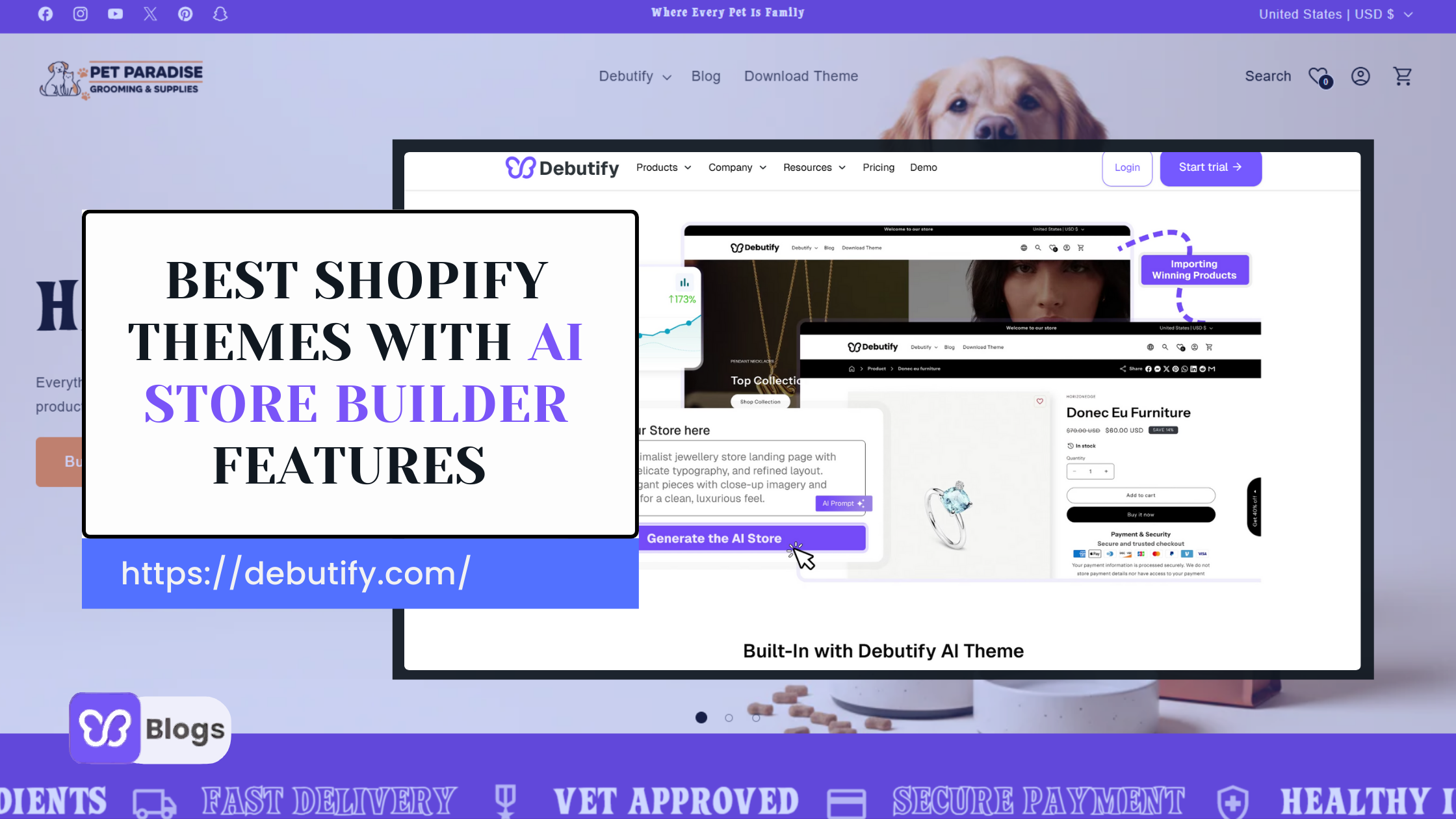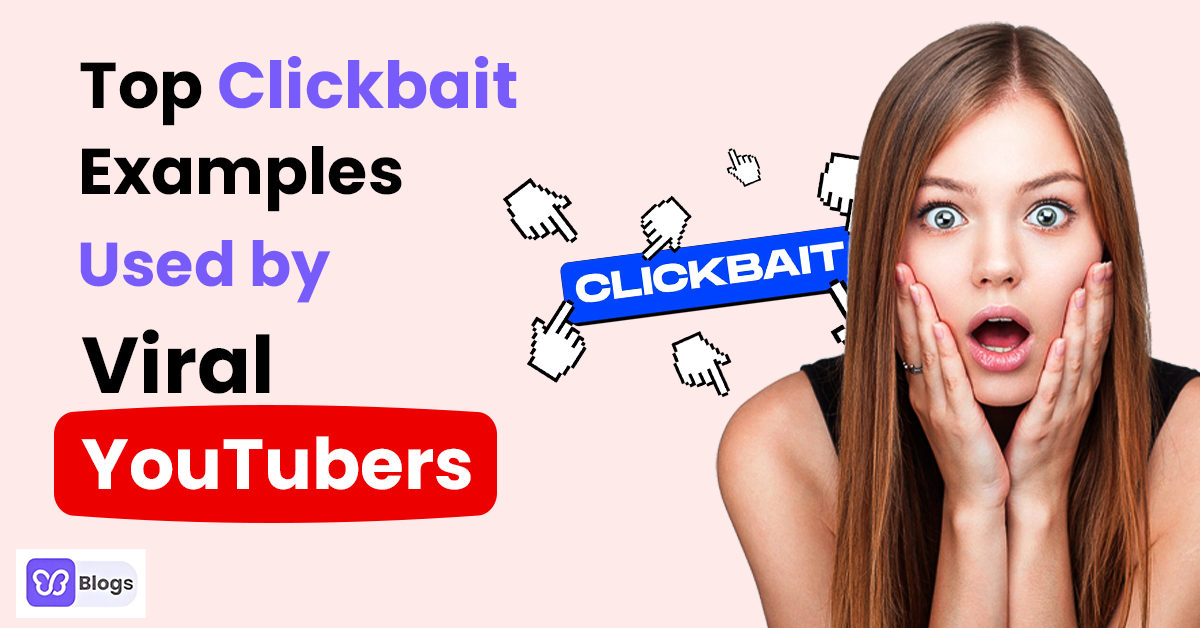When growing your eCommerce store, your chosen strategies can make or break your success.
Push vs pull marketing strategies are two sides of the same coin. And you need to know how and when to use them.
Although both approaches have strengths, they’re designed for different goals and audiences.
So, how do you know which one works best for your store?
What is Push Marketing?

Push marketing is all about getting your product or service directly in front of customers, often before they even know they need it. You’re “pushing” your message out into the world.
Examples include Google Display Ads, promotional emails, and direct sales outreach. If you’ve ever seen a banner ad for a product you didn’t search for, that’s push marketing in action.
Push Marketing Examples
- Running limited-time ads on social media platforms.
- Offering discounts through Google AdWords to drive immediate traffic.
- Sending out email campaigns to a curated list of potential customers.
Pros and Cons of Push Marketing
Pros:
- It’s fast. You can see results almost immediately if done well.
- It is particularly effective for new products or services that potential customers may not actively seek.
- Great for B2B sales when targeting decision-makers directly.
Cons:
- Can feel intrusive if not well-targeted.
- Costs can rack up quickly with low returns if the campaign isn’t optimized.
- Risk of annoying potential customers, leading to ad fatigue
Best Practices for Push Marketing
- Target Wisely: Don’t spray and pray. Use data to aim your ads at people most likely to buy.
- Keep It Relevant: Tailor your messaging to match the customer’s needs or pain points.
- Don’t Overwhelm: Timing matters. Send your message at the right time to avoid irritating your audience.
- Track and tweak: Monitor campaign metrics to see what’s working and adjust as needed.
What is Pull Marketing?

Pull marketing takes a different approach. Instead of chasing customers, you attract them.
This strategy builds curiosity and desire, “pulling” people toward your brand. Examples include SEO, content marketing, and word-of-mouth campaigns.
It's similar to planting a seed and tending to it until it bears fruit and attracts people to you.
Pull Marketing Examples
- Crafting engaging blogs optimized for keywords like “push vs pull sales strategy.”
- Posting how-to videos on YouTube to educate your audience (a top B2B video marketing tactic).
- Creating visually appealing Instagram posts that showcase your product’s lifestyle benefits.
Pros and Cons of Pull Marketing
Pros:
- Builds lasting trust and loyalty over time.
- Less intrusive, which leads to a better customer experience.
- Can generate organic traffic, lowering long-term costs.
Cons:
- Takes time to see results.
- Requires consistent effort in creating valuable content.
- Less effective for short-term goals or immediate sales spikes.
Best Practices for Pull Marketing
- Know Your Audience: What questions are they asking? Create content that answers them.
- Focus on Quality Content: Post helpful blogs, videos, or infographics that solve your customers’ problems.
- Use Social Proof: Highlight testimonials and reviews to build trust.
- Stay Consistent: Pull strategies take time, but the payoff is worth it.
- Leverage SEO: Optimize for keywords like “Push vs Pull Sales Strategy” so your content gets found.
Push vs Pull Marketing

The main difference lies in the approach.
Push marketing is proactive. You’re taking your brand to the customer. On the other hand, pull marketing is reactive. It attracts customers who are already looking for a solution.
Push feels like shouting, while pull is more like inviting someone into a conversation.
Here’s a quick look at the other differences in push vs pull sales strategy:
.jpg)
When to Use Push vs Pull
Push marketing works best when:
- Launching a new product or entering a new market.
- Running seasonal promotions or flash sales.
- You need quick sales.
Pull marketing is ideal for:
- Building brand awareness.
- Building a long-term brand reputation.
- Nurturing leads over time.
For example, a Google Display Ad campaign can create immediate awareness (push) if you're launching a new product. Meanwhile, a well-written blog explaining the product’s benefits will continue attracting organic traffic (pull).
Striking the Perfect Balance
Now you know the ins and outs of push vs pull marketing strategies. Push marketing helps you grab attention quickly, while pull marketing ensures customers keep coming back. Both are essential tools for eCommerce success.
The smartest brands don’t choose between the two—they integrate them. By balancing immediate sales with long-term relationship-building, you can create a marketing strategy that’s both effective and sustainable.
So, are you ready to push forward and pull in success?




.jpg)



